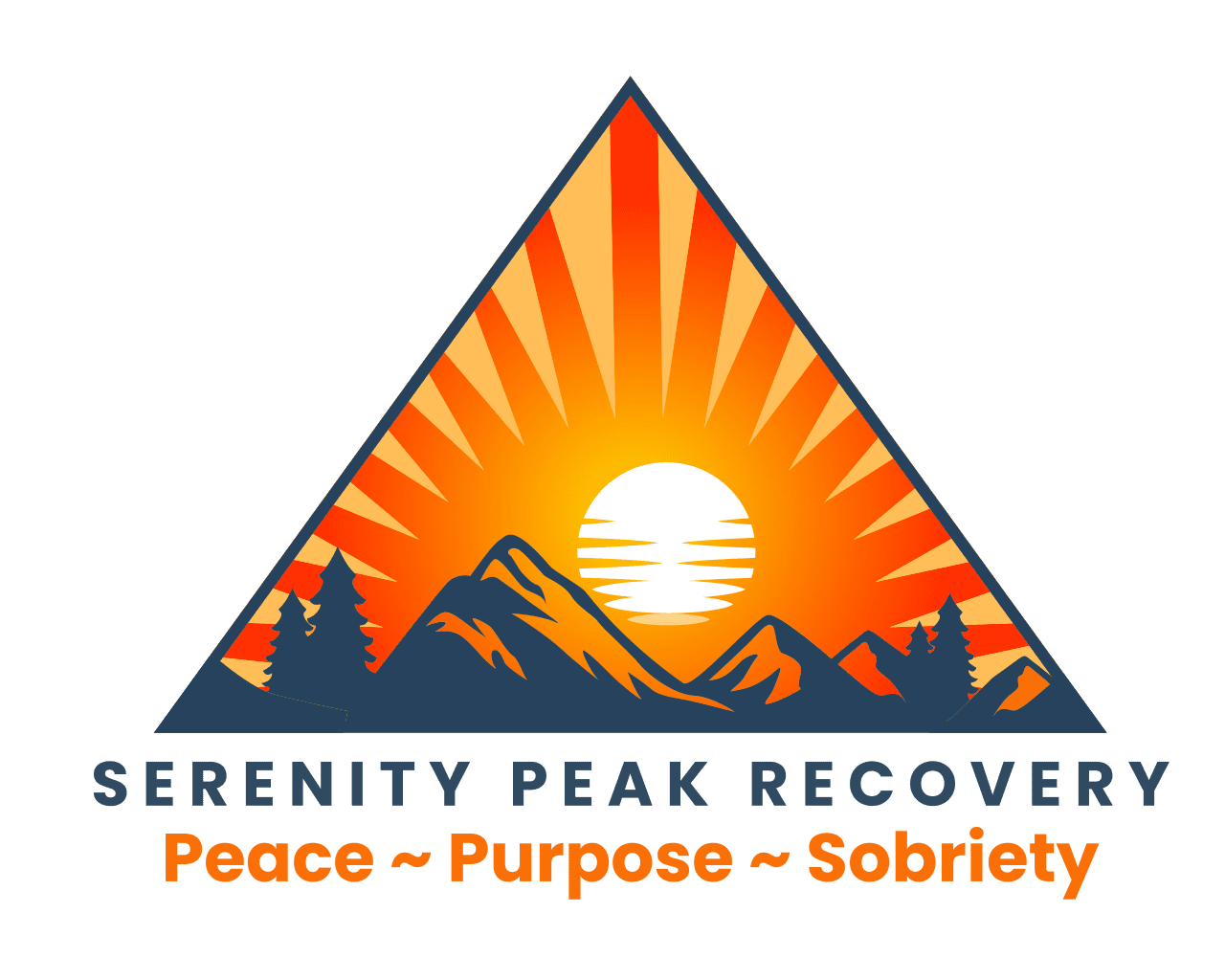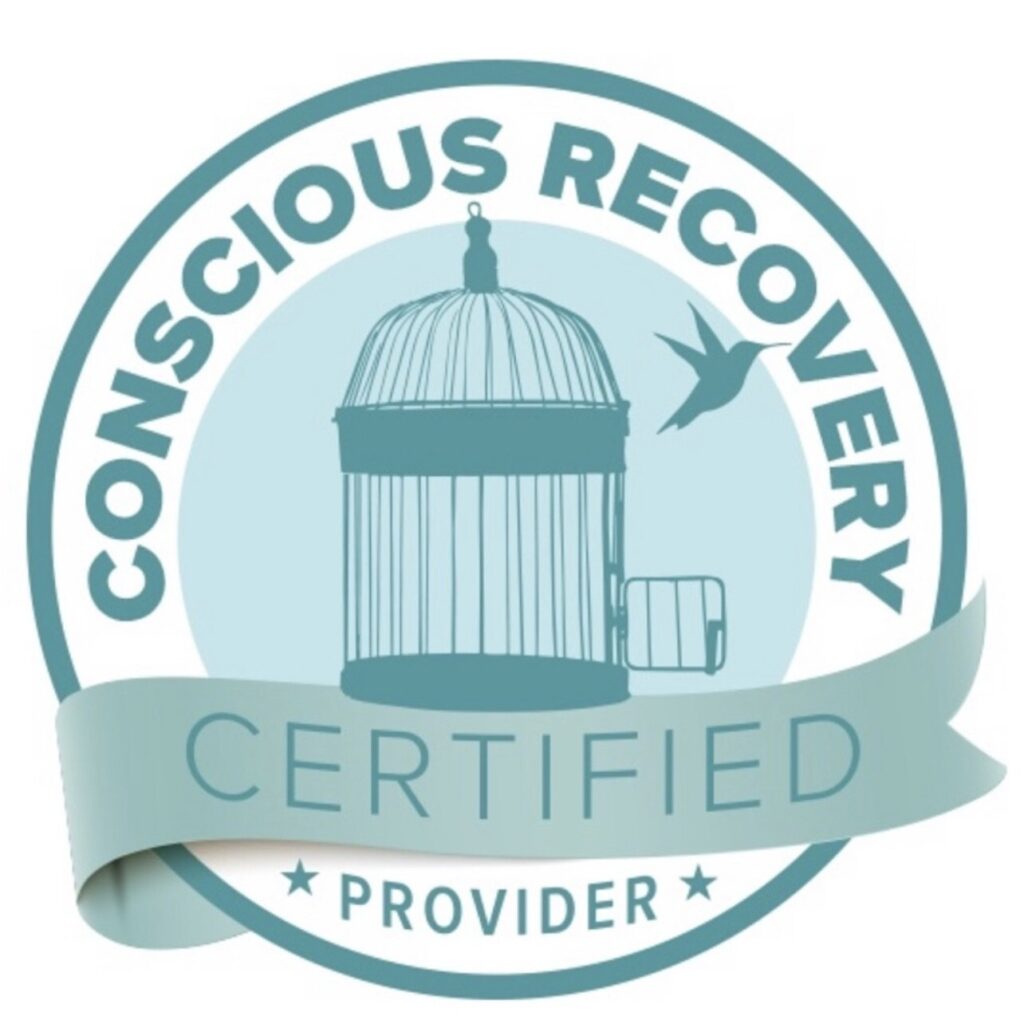Heroin is a powerful opioid derived from morphine. Known for its intense euphoric effects and rapid onset, heroin also has a high potential for physical dependence and addiction. Withdrawal from heroin is rarely life-threatening but can be profoundly distressing and painful—both physically and psychologically. For many, the fear of withdrawal itself becomes a barrier to seeking help.
Understanding the physiology behind heroin withdrawal and the arc of symptoms it produces can demystify the process and empower individuals to approach it with informed support.
How Heroin Affects the Brain
Heroin binds to mu-opioid receptors in the brain, spinal cord, and gastrointestinal tract. These receptors are part of the body’s natural pain-relief and reward system. When activated by heroin, they flood the brain with dopamine, inducing intense pleasure and relief from physical and emotional pain.
With prolonged use, the brain reduces its own production of endogenous opioids (like endorphins) and becomes dependent on heroin to maintain normal function. When heroin is suddenly removed, the body enters a state of acute imbalance—resulting in withdrawal symptoms.
Common Symptoms of Heroin Withdrawal
Though heroin withdrawal is not generally medically dangerous, the symptoms can feel unbearable and are often compared to a severe flu-like illness, combined with intense emotional distress:
- Muscle aches and joint pain
- Restlessness and agitation
- Tearing (lacrimation) and runny nose
- Excessive yawning
- Sweating and chills (goosebumps)
- Insomnia
- Nausea and vomiting
- Abdominal cramping and diarrhea
- Dilated pupils and light sensitivity
- Intense drug cravings
These symptoms typically begin within hours of the last dose and can peak in intensity over the first few days.
Severe Symptoms
While heroin withdrawal is typically not fatal on its own, it can be complicated by:
- Dehydration: Due to vomiting and diarrhea, which may require medical intervention
- Cardiovascular strain: In individuals with underlying heart conditions
- Psychological distress: Leading to self-harm or suicidal thoughts
- Polysubstance withdrawal: If combined with alcohol, benzodiazepines, or stimulants
The greatest risk during heroin withdrawal is not death but relapse, especially due to the intense cravings and the rapid loss of tolerance—meaning that a previously normal dose could become fatal if resumed.
Timeline of Heroin Withdrawal
Heroin has a relatively short half-life, so withdrawal can begin quickly:
- 6–12 hours after last use: Early symptoms begin (anxiety, yawning, restlessness)
- 24–72 hours: Peak of symptoms (vomiting, diarrhea, muscle pain, insomnia, cravings)
- 4–7 days: Symptoms begin to subside, though emotional distress may persist
- Weeks to months: Lingering psychological symptoms (anxiety, depression, cravings) may remain
Post-Acute Withdrawal Syndrome (PAWS)
Even after physical symptoms abate, many individuals experience protracted withdrawal symptoms for weeks or months, including:
- Emotional flatness or numbness
- Poor stress tolerance
- Sleep disturbances
- Low motivation
- Intermittent cravings
This phase is highly vulnerable for relapse, but with proper support, it becomes a manageable period of neurological recalibration.
Why Heroin Withdrawal Feels So Intense
Heroin withdrawal is a direct result of the body’s dependence on external opioids. When heroin is no longer available, the natural balance of neurotransmitters like dopamine, norepinephrine, and serotonin is disrupted. Noradrenergic hyperactivity (overproduction of norepinephrine) plays a major role in symptoms like sweating, anxiety, and restlessness.
Additionally, the gastrointestinal system, rich in opioid receptors, reacts strongly to the absence of opioids—resulting in cramps, nausea, and diarrhea.
Treatment and Support
While some individuals attempt to withdraw from heroin “cold turkey,” doing so without support can be overwhelming and increase the risk of relapse. A more sustainable approach involves medically supervised detox, followed by long-term behavioral and holistic care.
Medical Support May Include:
- Clonidine: To reduce autonomic symptoms like sweating, anxiety, and agitation
- Buprenorphine (Subutex/Suboxone): A partial opioid agonist that can ease withdrawal symptoms and reduce cravings
- Methadone: A full opioid agonist used in tapering protocols
- Loperamide: For diarrhea and cramping
- Hydration and electrolyte support
Holistic and Supportive Approaches:
- Gentle movement and stretching to reduce muscle tension
- Breathwork and meditation to calm the nervous system
- Nutritional support to replenish depleted reserves
- Sauna or cold plunge to support detoxification
- Therapeutic counseling to address underlying emotional wounds and trauma
Psychological Component
Heroin withdrawal is as much an emotional experience as a physical one. Many people initially turn to heroin not only for its euphoria, but for relief from emotional pain, trauma, or existential disconnection. When heroin is removed, those unprocessed emotions can return to the surface.
A compassionate, trauma-informed environment is essential for navigating this vulnerable phase. A safe space—free of stigma, external obligations, and medical labels—can allow the healing process to unfold organically.
Recovery and Regeneration
While withdrawal is often portrayed as the hardest part of recovery, it is truly just the beginning. Once the acute symptoms pass, the brain begins the profound work of rewiring itself. Neuroplasticity ensures that new connections, new coping mechanisms, and new sources of meaning can emerge.
Every day without heroin strengthens the brain’s natural ability to regulate mood, respond to stress, and experience joy without external chemicals.
Summary
Heroin withdrawal is an intense but survivable experience that marks the beginning of a healing journey. While the physical symptoms can be deeply uncomfortable, they typically resolve within a week. The greater challenge often lies in the psychological and emotional rebalancing that follows.
With informed guidance, a nurturing setting, and a whole-person approach, it’s possible not just to endure withdrawal—but to emerge from it renewed and reconnected.
When you’re ready to begin your reset, we are here—confidentially, compassionately, and without judgment. Call (747‑RECOVER) or inquire online to explore a private, holistic path forward.


